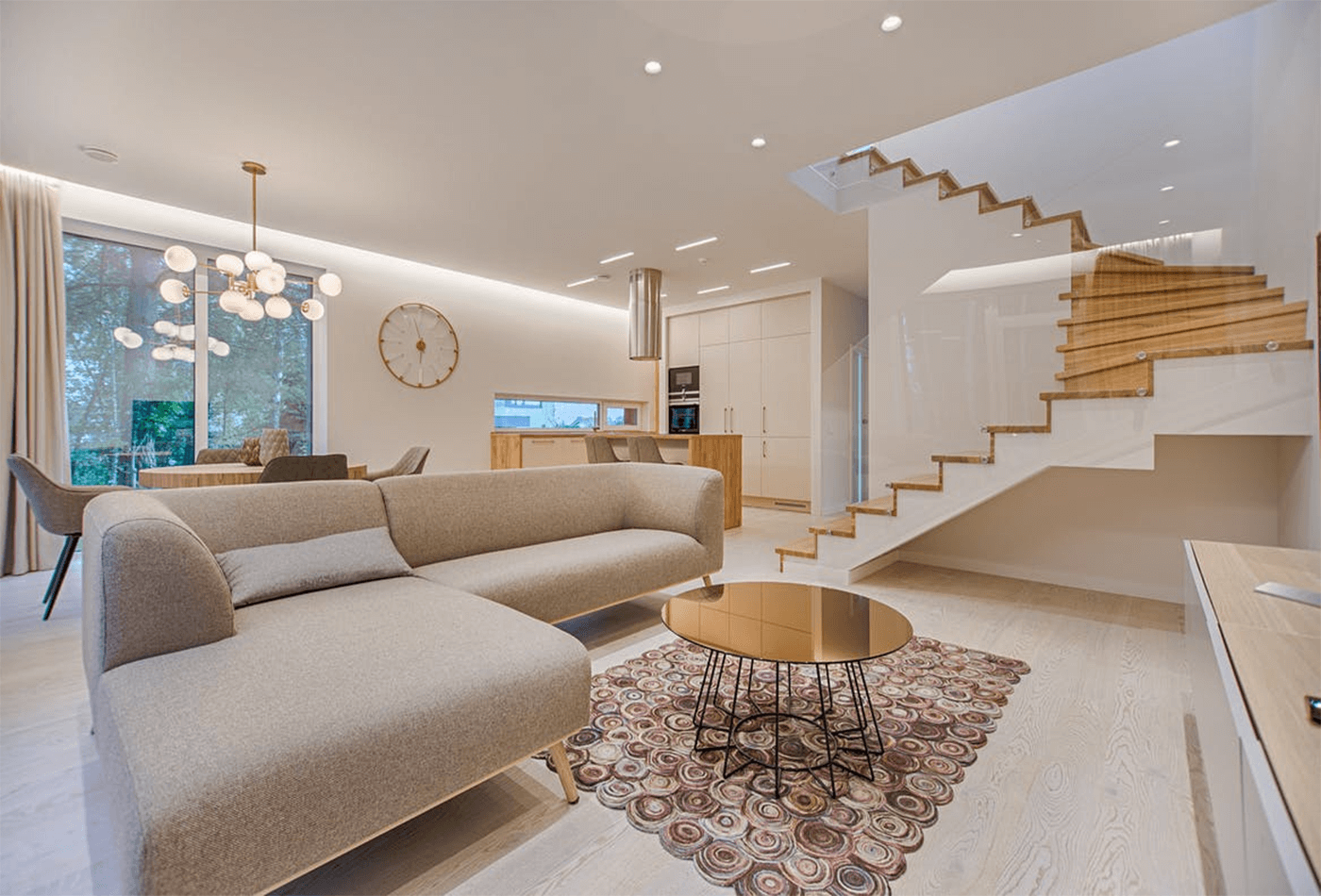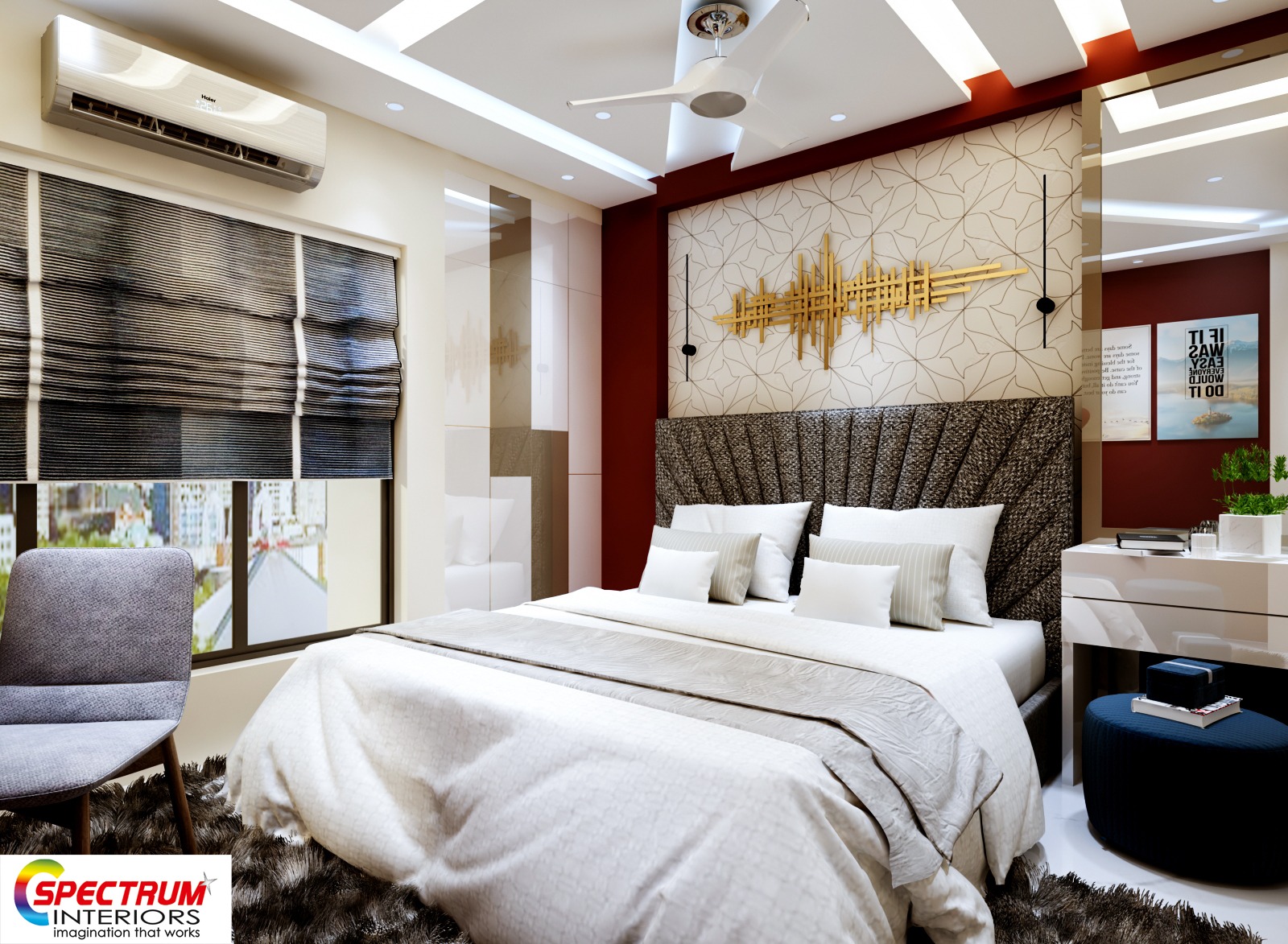Transform Your Home With Necessary Principles of Interior Decoration and Appearances
By comprehending the influence of color concept and the relevance of texture and patterns, one can produce spaces that are not just aesthetically attractive yet also deeply individual. Accomplishing this stability entails even more than plain decor; it incorporates a critical plan and an eager understanding of just how each component communicates within an area.
Understanding Color Concept
Color concept is a basic facet of interior design that dramatically influences state of mind, perception, and total aesthetic. Recognizing the concepts of color concept allows designers to create rooms that resonate emotionally with residents while fulfilling practical needs (miami interior design). Shades can be classified into three key kinds: main, second, and tertiary. Each category plays a vital duty in establishing harmony within a space.
The emotional influence of shades is extensive; cozy colors such as reds and oranges evoke energy and heat, while great tones like blues and eco-friendlies promote calmness and tranquility. The usage of corresponding colors enhances aesthetic interest, producing striking contrasts that can raise a space's appeal.
Neutral shades, on the various other hand, serve as a flexible background, enabling other design aspects to beam. It is essential to take into consideration aspects such as illumination and the space's purpose when picking a color palette, as these can modify the assumption of colors throughout the day.
Eventually, a well-considered color plan can transform a room, cultivating a sense of convenience and style that aligns with the citizens' preferences. Mastery of color theory is, as a result, an essential skill for any indoor designer aiming to create harmonious and inviting environments.
Achieving Balance in Style
Exactly how can designers accomplish a feeling of equilibrium in their spaces? Attaining balance in style is essential to creating unified insides.
Unbalanced equilibrium, on the other hand, counts on differing elements that still attain a cohesive appearance. This approach permits even more dynamic and informal arrangements, providing rate of interest while maintaining balance. By carefully choosing differing dimensions, shades, and textures, designers can create a visually compelling room that feels well balanced yet energised.
Radial equilibrium emphasizes a central focal point with components radiating external. This design is generally seen in round formats, where furnishings and design produce a cohesive border that attracts the eye inward.
Eventually, attaining equilibrium calls for thoughtful consideration of range, proportion, and the relationships in between aspects. interior design firms. By skillfully using these equilibrium concepts, developers can transform spaces into environments that feel both aesthetically pleasing and functionally unified, improving the total experience for residents
Relevance of Spatial Awareness

An eager feeling of spatial understanding allows designers to identify centerpieces within an area, guiding the customer's interest to essential attributes while maintaining a total sense of unity. It likewise helps in the tactical placement of lighting, which can significantly affect the perception of area and mood. Additionally, recognizing spatial relationships makes it possible for the developer to satisfy the certain demands of citizens, ensuring that each area offers its designated objective without jeopardizing aesthetics.
Inevitably, spatial awareness is crucial for making best use of the capacity of any type of indoor room. By carefully considering the interplay in between measurements, format, and function, designers can create atmospheres that not only meet practical needs but likewise stimulate a sense of convenience and charm, enhancing the general living experience.
Integrating Structure and Patterns
Welcoming a varied series of textures and patterns can considerably enhance the visual and tactile appeal of check this site out an indoor space. The strategic use various materials-- such as wood, metal, textile, and rock-- produces deepness and interest, making an area feel extra welcoming and vibrant. For instance, incorporating smooth surface areas with harsh appearances can develop an equilibrium that attracts the eye and involves the senses.
When integrating patterns, think about both scale and rep. Huge patterns can act as prime focus, while smaller, refined layouts can match other elements without overwhelming the area. Layering patterns, such as pairing flower pillows with striped throws, adds complexity and a sense of harmony if implemented attentively.
It is also vital to keep a cohesive color scheme, guaranteeing that structures and patterns interact instead of compete for attention. By choosing a couple of essential textures and patterns, you can produce an unified aesthetic that mirrors your personal style while improving the general ambiance of the room. Inevitably, the cautious consolidation of these aspects can change an ordinary area right into an innovative atmosphere abundant with personality and heat.
Customizing Your Space
Developing a space that reflects your personality is important to accomplishing a truly inviting setting. Customization in interior decoration enables you to instill your distinct design and rate of interests into your home, changing it from a simple shelter into a refuge that talks to who you are. Begin by selecting a shade palette that reverberates with your feelings-- bold tones can invigorate, while see this soft tones use serenity.
Incorporate art work and decor that show your passions, whether it be travel, nature, or abstract principles. Presenting individual collections, such as books, photographs, or keepsakes, can stimulate valued memories and create prime focus within an area. In addition, think about customizing useful pieces, like upholstered furniture, to straighten with your aesthetic preferences.

Verdict
To conclude, the change of a home through the vital principles of interior decoration and aesthetic appeal requires a thorough understanding of shade theory, balance, spatial awareness, appearance, and customization. Each element contributes significantly to creating an unified and practical living setting - miami interior design. By thoughtfully integrating these concepts, people can improve the visual appeal and psychological resonance of their rooms, eventually cultivating a home that shows distinct identities his comment is here while offering convenience and functionality